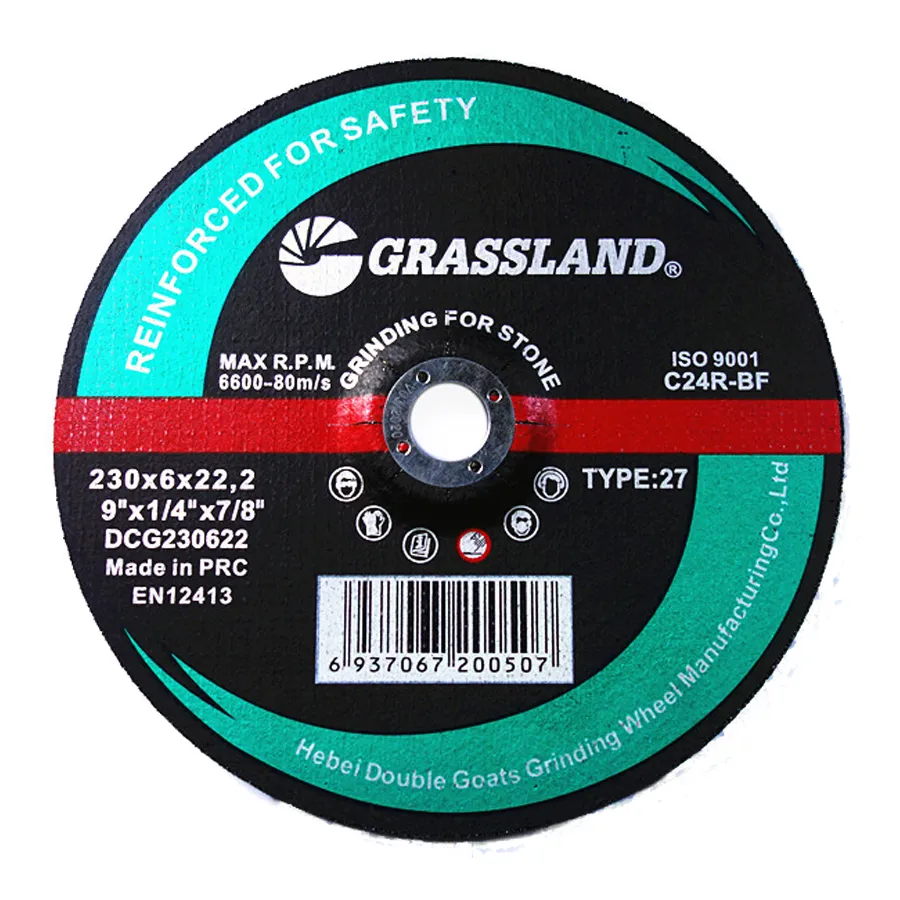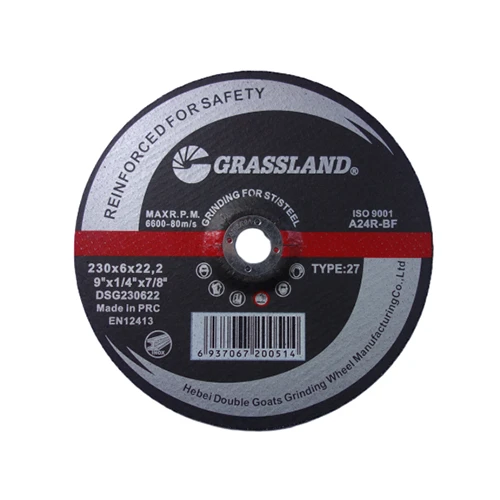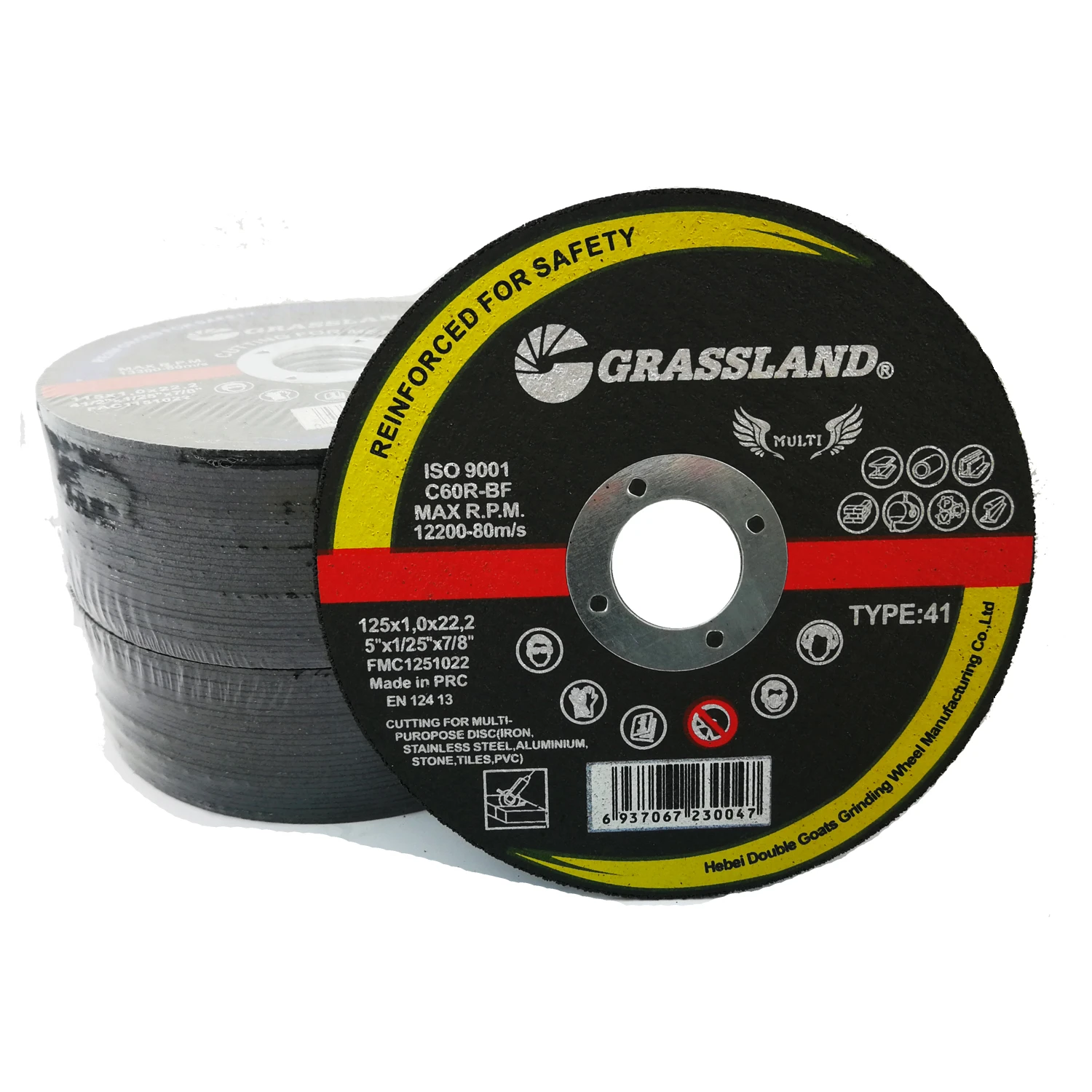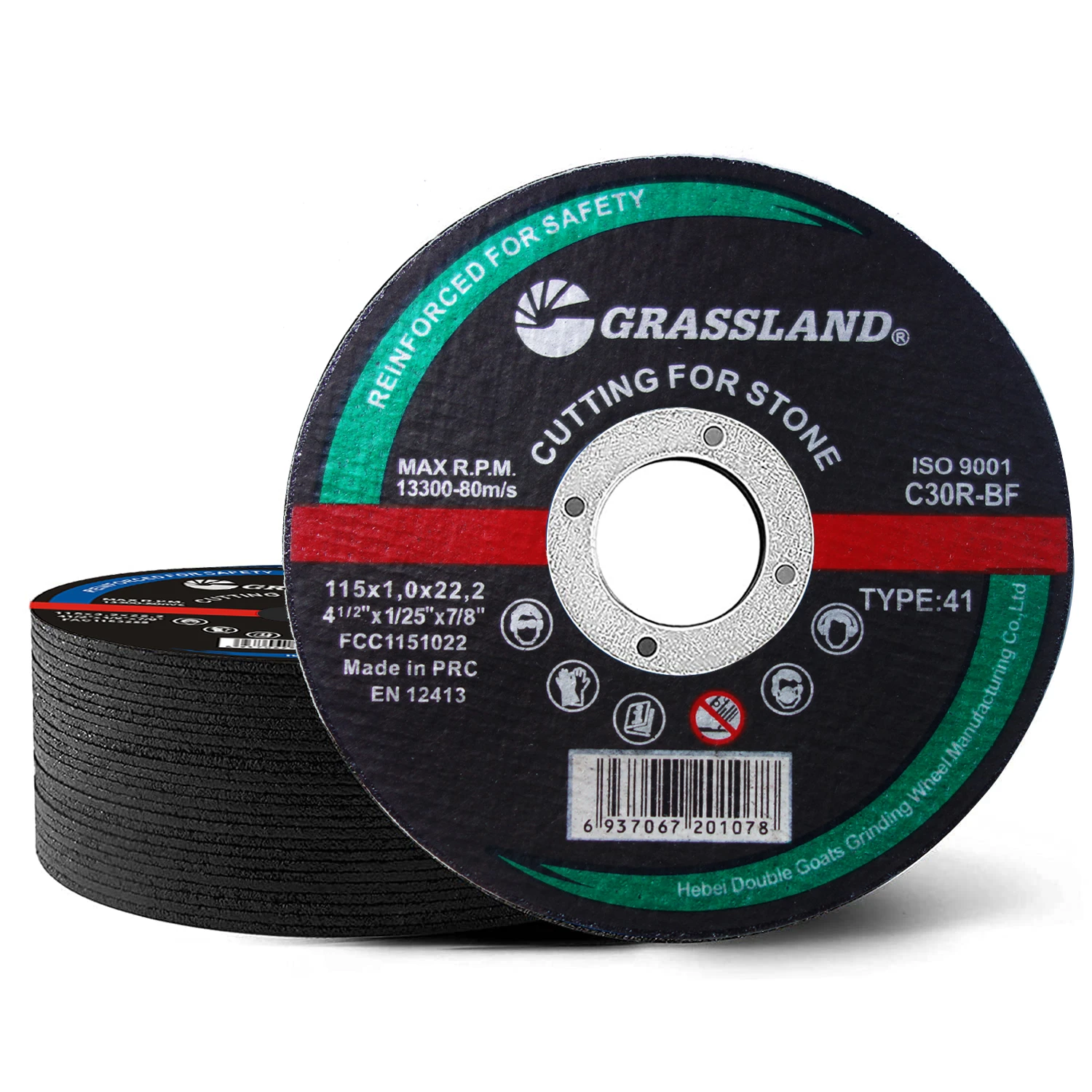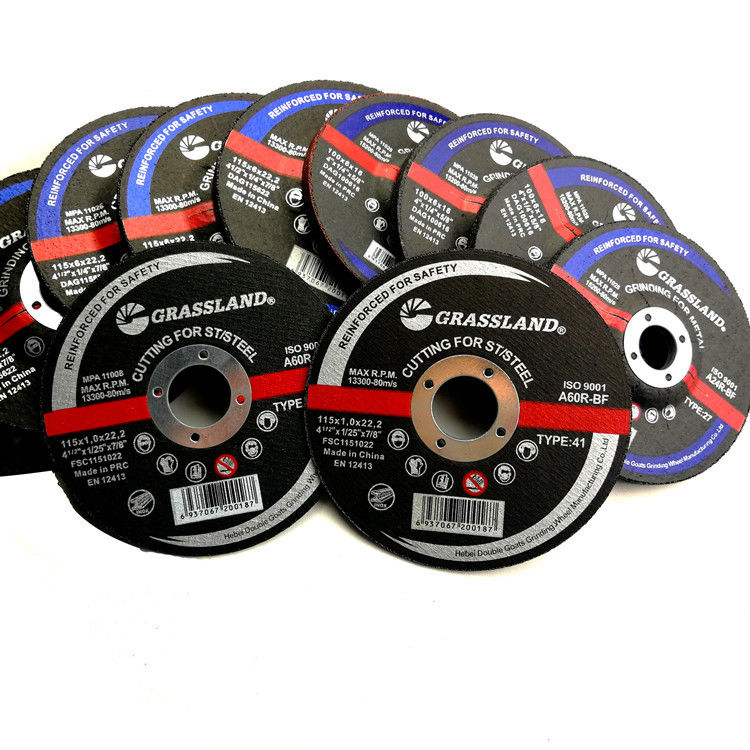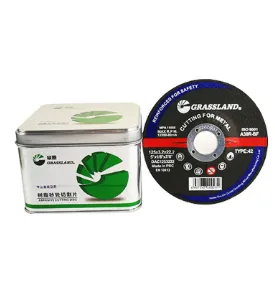
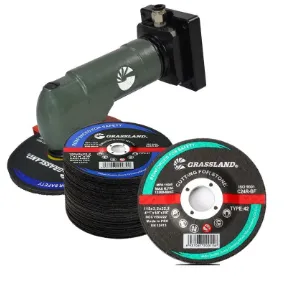
The cutting technique also demands attention. Employ steady, even pressure and avoid forcing the grinder through the metal. This approach minimizes heat buildup and prolongs the life of your cutting disc. Furthermore, periodically lift the grinder to allow heat to dissipate; this reduces the risk of thermal distortion on the material. For expert-level precision, consider the angle at which the grinder meets the metal. A shallow angle helps in controlling the depth and path of the cut more effectively. This technique is beneficial for achieving smoother edges and reducing post-cut finishing work. Post-cut treatment of aluminum is equally important to produce professional results. Deburring the edges with a file or a specialized deburring tool enhances the finish and removes any sharp edges that could pose safety hazards or interfere with the functionality of the piece. Professional metalworkers often emphasize the importance of understanding each tool’s limitations and strengths. An angle grinder, while versatile and powerful, requires a mindful approach when adapting it for aluminum. Continuous learning, experience, and adherence to safety protocols are the cornerstones of developing expertise in using tools like angle grinders effectively. In essence, the successful cutting of aluminum with an angle grinder is a culmination of preparation, knowledge, and meticulous execution. With these principles, one can master the process, transforming raw aluminum into precise, polished components that meet the standards required in both personal projects and professional practices. Always seek to expand your understanding of the tools and materials at hand, ensuring each project is completed with craftsmanship and safety in mind.
Post time:Feb - 10 - 2025







